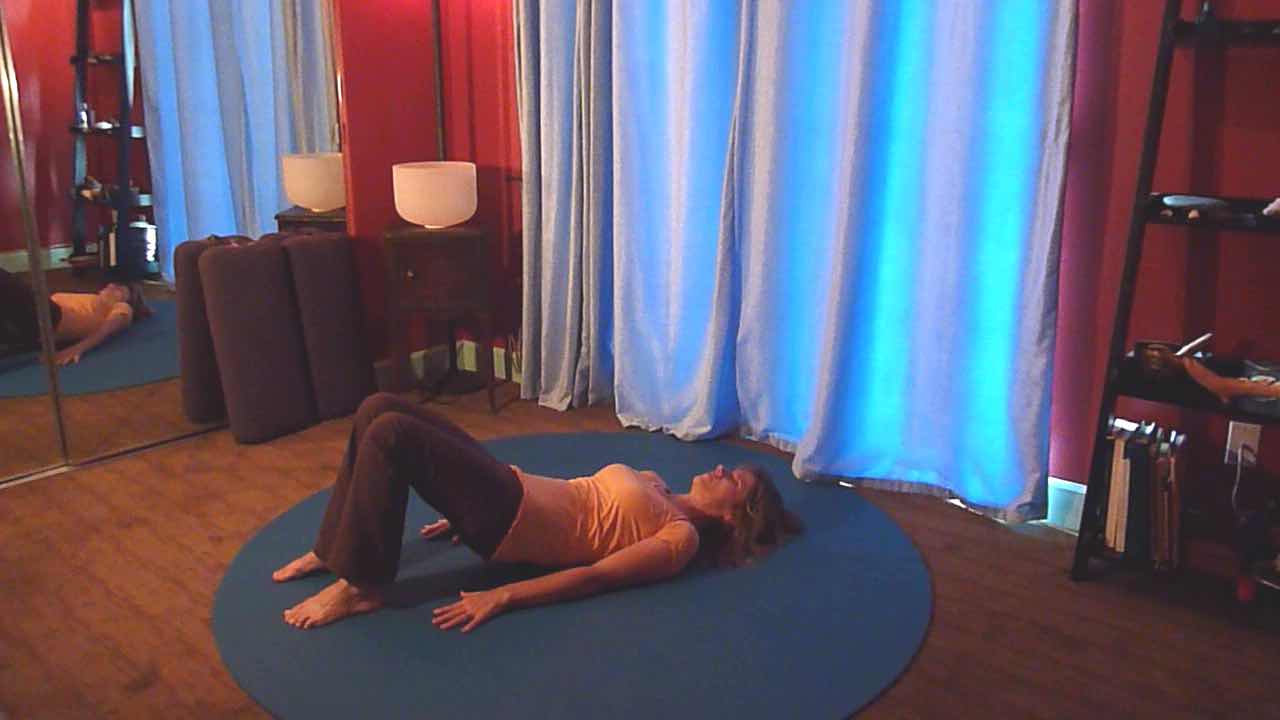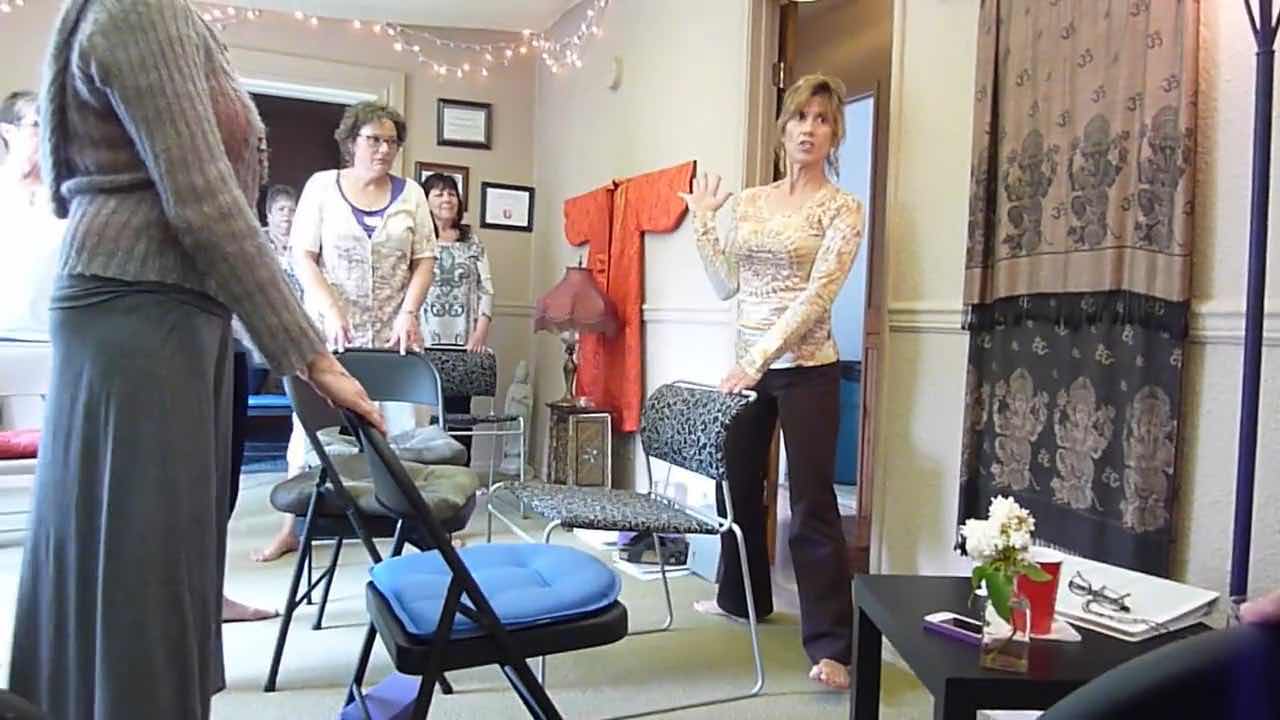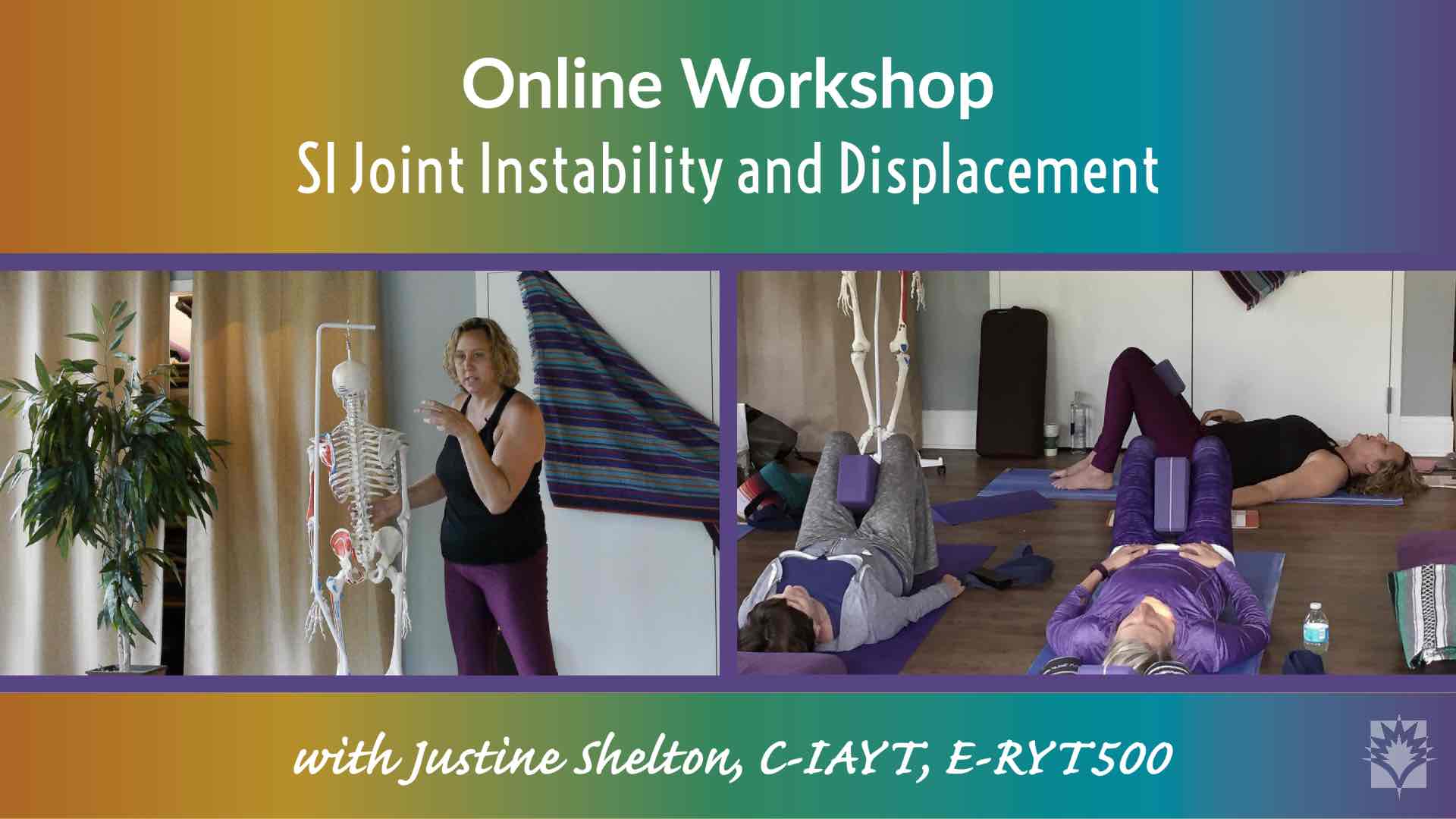
I have a bird’s eye view of what is happening in the bodies of our 50+ aged Yoga Vista students. How? Because I have a record of the sales and views of all the Gentle, Senior and Chair Yoga videos that I have been producing for over a decade. Therefore, I know what most of the senior population is interested in.
What Videos are the most Popular?
It is interesting to note that certain topics are more popular than others. Can you guess which Gentle Yoga Therapy videos by Justine Shelton are the most popular? Would you think it might be her videos on Low Back Care? Or her videos on Hips and Knees? Nope! In reality, it is her SI Joint videos that are the most popular!
It means more people are experiencing pain or issues in this area of their body than in others. They are also looking for ways that Yoga can help.
Did you know that some of the most common Yoga poses can be the most risky for those with SI Joint problems? Want to know which ones? Learn what standing Yoga poses should be avoided and why certain seated poses can be the most detrimental of all. Watch the video below with Justine Shelton, Viniyoga Therapist, to find out.
At Risk Yoga Poses for the SI Joint with Justine Shelton, Viniyoga Therapist
Could the common Yoga poses you do in your Yoga practice be aggravating your SI Joint? Learn what standing Yoga poses you should avoid and why certain seated poses can be the most detrimental of all.
For additional information on this topic, check out the videos below as well as our Wellness Practices for Low Back Care. In anything you do, always remember to listen to your body and modify anything that doesn’t feel right.
Namaste,
Sherry
To watch a video related to this Topic, click on an image below:
Note: The videos listed are included in all YogaVista.TV subscription plans.
Online Workshops related to this Topic:
Online Workshop: SI Joint Instability and Displacement
Sacroiliac (SI) Joint misalignment creates asymmetry in the body which can be experienced as low back pain. It can also cause hip, knee and ankle pain from leg length discrepancy. Working with the SI Joint requires slow, symmetrical and methodical movements. The end result is to increase circulation, stabilize its position and strengthen the musculature around the joint to keep it secure.
CREDITS: Author, Sherry Zak Morris, Certified Yoga Therapist
Editor, Maria Perez, Certified Yoga & Group Fitness Instructor



